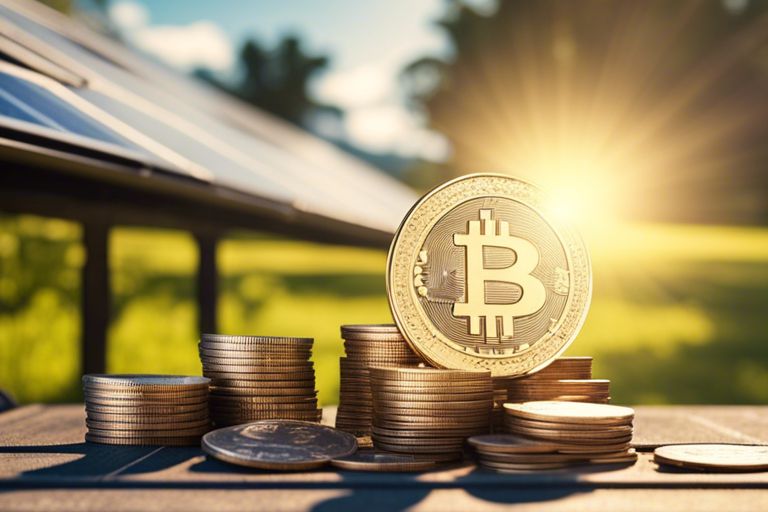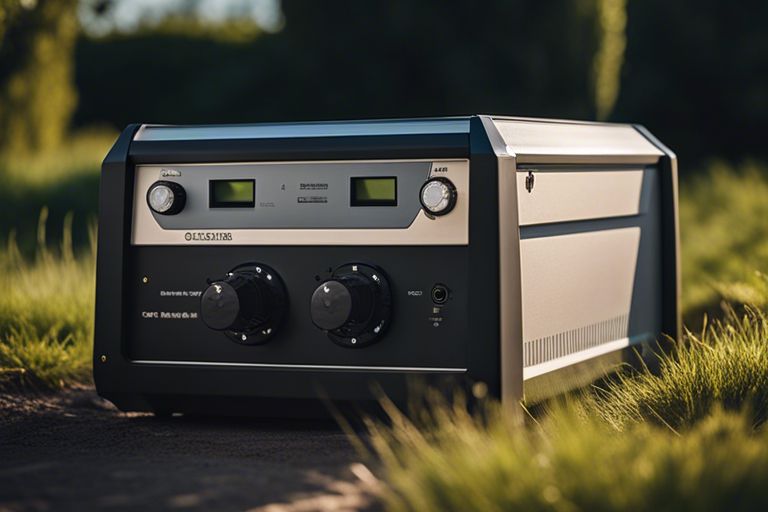How long will a solar generator last
With the increasing interest in sustainable energy solutions, you may be considering investing in a solar generator. Understanding the longevity of such a purchase is crucial. Factors like battery lifespan,
Energy for A Greener Future
Solar generator

With the increasing interest in sustainable energy solutions, you may be considering investing in a solar generator. Understanding the longevity of such a purchase is crucial. Factors like battery lifespan,

You may have wondered if a solar generator is powerful enough to supply electricity to your entire house. In this informative blog post, we will explore the capabilities of solar

Most likely, you’re intrigued by the notion of harnessing solar power with a generator, but you wonder if the investment will truly be worth it. Let’s probe into the fascinating

Solar generators require direct sunlight to generate electricity efficiently. The process begins with sunlight hitting the solar panels, which convert the sunlight into electricity through a photovoltaic effect. This means

With the increasing shift towards sustainable energy sources, you may be considering investing in a solar generator. Wondering how long it will last? Let’s explore the lifespan of solar generators